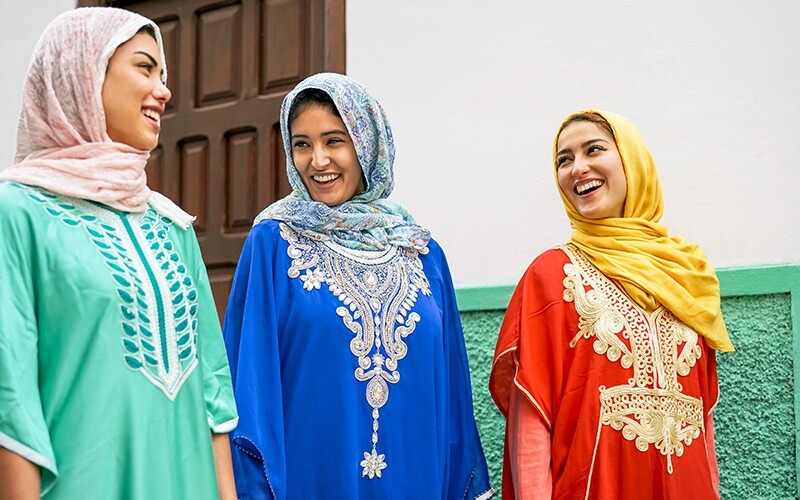Between the many cultures that make up the Arab world, Arabic stands as the common thread, uniting its diverse peoples under one linguistic banner. However, beneath this umbrella, there are layers of rich languages, each with its own history, speakers, and significance.
Take a walk through some of these languages and learn how they are adapting and being preserved in the Arab world.
The Kurdish Language
The Kurdish language, belonging to the Indo-European family and the Irano-Aryan group, is spoken by more than 30 million Kurds inhabiting regions spanning Iraq, Syria, Turkey, and Iran. Within Arab countries, particularly in northern Iraq and northern Syria, around 8 million Kurds reside.
Despite historical challenges, Kurdish has experienced a revival in Iraq since 2003. Following the fall of the Iraqi regime, the constitution granted Kurdish official status alongside Arabic, marking a significant milestone in its recognition.
Today, Kurdish can be used in both written and oral communication in official settings, providing a platform for its speakers to preserve and promote their language and culture.
The Amazigh/Berber Language
Winding its way through North Africa, the Amazigh language finds its speakers scattered from the Siwa Oasis in Egypt to Morocco, including Libya, Tunisia, and Mauritania. In Morocco, where it holds official status alongside Arabic, Amazigh has witnessed significant strides in recognition and preservation.
Morocco officially recognized Amazigh as an official language in 2011, a move followed by further legislative measures to solidify its status. Recent laws mandate proficiency in Amazigh as a prerequisite for Moroccan citizenship, emphasizing the government’s commitment to indigenous culture and language.
Efforts to integrate Amazigh into education aim to reach 50% of primary schools teaching the Amazigh language by 2025, ensuring the language’s preservation for future generations.
The Nubian Language
Along the banks of the Nile, the Nubian language weaves a tale of resilience and heritage. Spoken by Nubians in Egypt and Sudan, this Afro-Asian language played a clandestine role during the 1973 October War as the coded communication language.
Despite facing challenges to its preservation, recent initiatives have sought to safeguard Nubian culture and history.
Calls for the inclusion of Nubian in educational curricula reflect a growing awareness of its significance. Efforts to teach the language in schools and universities aim to ensure its continuity and relevance in contemporary society.
Cultural endeavors, such as musical tradition in songs by artists like Mohamed Mounir and recently translated songs by emerging musical bands, further contribute to the preservation of Nubian heritage.
The Somali Language
In Somalia, the Somali language holds official status alongside Arabic, embodying the country’s linguistic diversity.
Arabic may dominate religious practice, but Somali remains deeply ingrained in everyday life, serving as a symbol of national identity. Despite challenges, efforts to promote the Somali language and culture continue, reflecting a commitment to diversity and heritage preservation.
While Arabic serves as the primary language of communication in the Arab world, the presence of diverse languages enriches its cultural landscape. Through legislative measures, educational initiatives, and cultural endeavors, non-Arabic languages find avenues for adaptation and preservation.
We Also Said: Don’t Miss It…Pioneers Of Progress: Inspiring Stories Of Nobel Prize Winners From The Middle East



